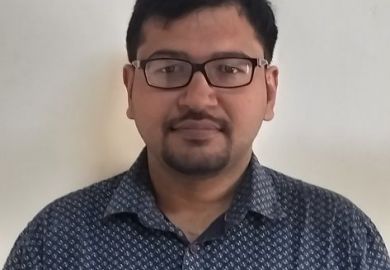We read with interest how Steve Bennett of the University of Hertfordshire uses plagiarism-detection software to highlight and reward originality in his computing students' written work ("Originality score to curb copying", 22 May). This is also what we do in assessing our computing students' programming work, except that we go a step further.
Our approach is based on the conviction that the best incentive to learn something is having to explain it to someone and that students can learn from each other just as much as they can from their tutors. Consequently, we encourage students to share their knowledge, including what they find online.
Surfing the web for code snippets and examples is something students do anyway, and this approach removes plagiarism from their learning process.
But there are two conditions: first, students must acknowledge all their sources; and, second, when they demonstrate their work for assessment, they must prove that they have learnt the material, by explaining in as much detail as necessary what their code is doing, to the satisfaction of the tutors. If not, then (and only then) is plagiarism suspected and further action taken.
The problem with blanket use of plagiarism-detection software is its inherent negativity: everybody is assumed to be guilty until proven innocent. This way, students are encouraged to learn freely from any suitable source. Hence, what may be regarded as plagiarism in a different context simply becomes yet another learning opportunity.
M. Dean and T. Esendal, School of Computing De Montfort University.
Register to continue
Why register?
- Registration is free and only takes a moment
- Once registered, you can read 3 articles a month
- Sign up for our newsletter
Subscribe
Or subscribe for unlimited access to:
- Unlimited access to news, views, insights & reviews
- Digital editions
- Digital access to THE’s university and college rankings analysis
Already registered or a current subscriber?



